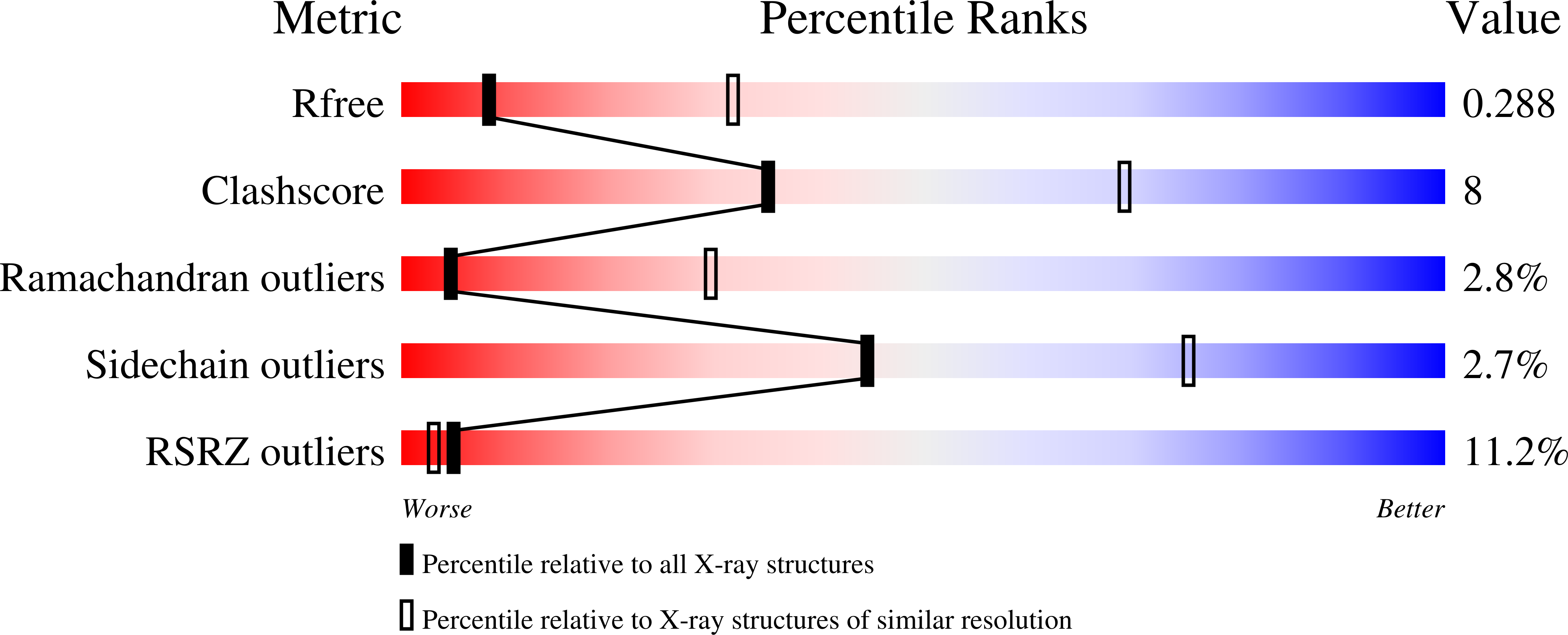
Deposition Date
2021-02-17
Release Date
2021-07-21
Last Version Date
2024-11-13
Entry Detail
PDB ID:
7NJZ
Keywords:
Title:
X-ray crystallography study of RoAb13 which binds to PIYDIN, a part of the CCR5 N terminal domain
Biological Source:
Source Organism:
Homo sapiens (Taxon ID: 9606)
Mus musculus (Taxon ID: 10090)
Mus musculus (Taxon ID: 10090)
Method Details:
Experimental Method:
Resolution:
3.20 Å
R-Value Free:
0.29
R-Value Work:
0.26
R-Value Observed:
0.27
Space Group:
P 41 21 2


